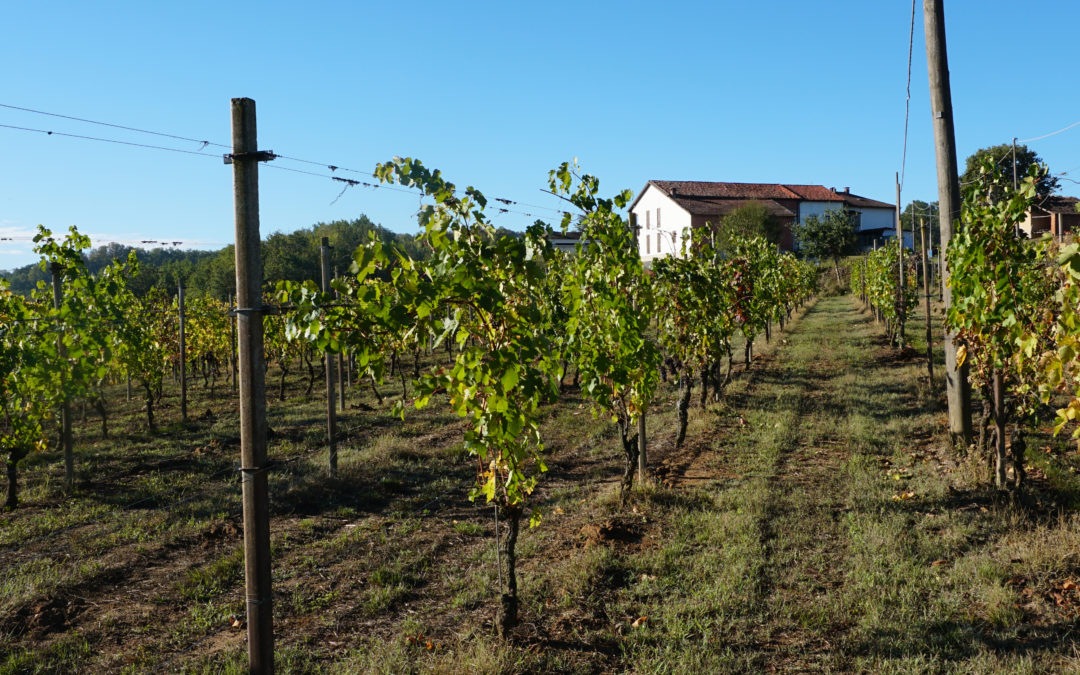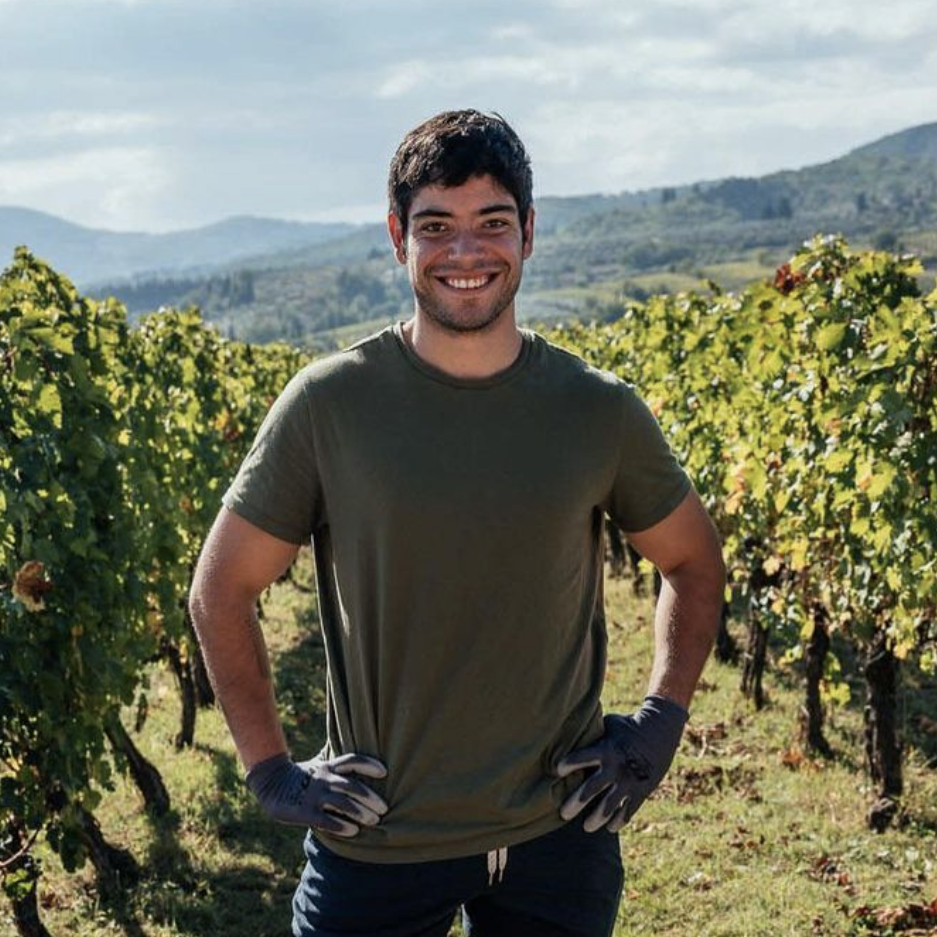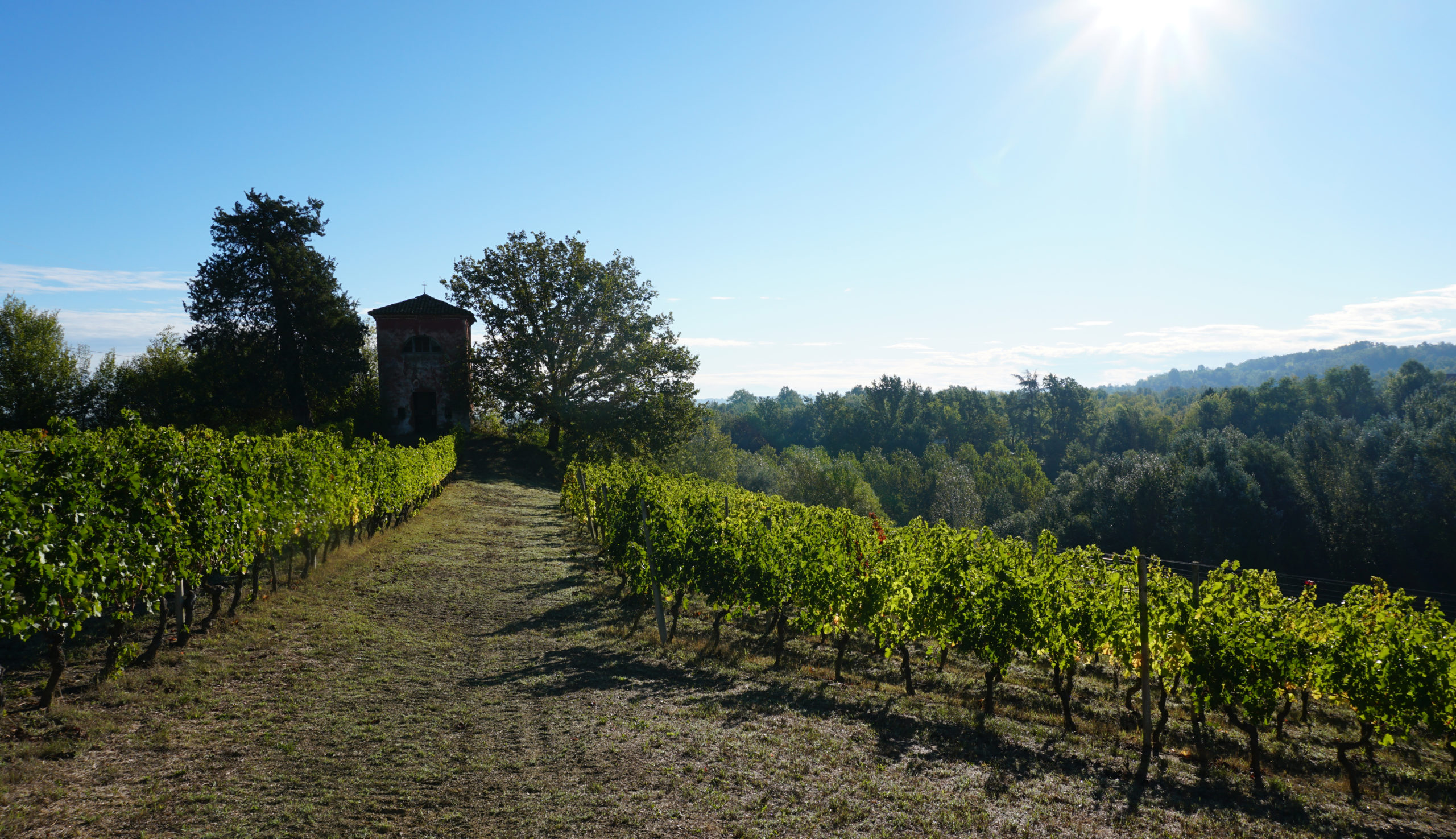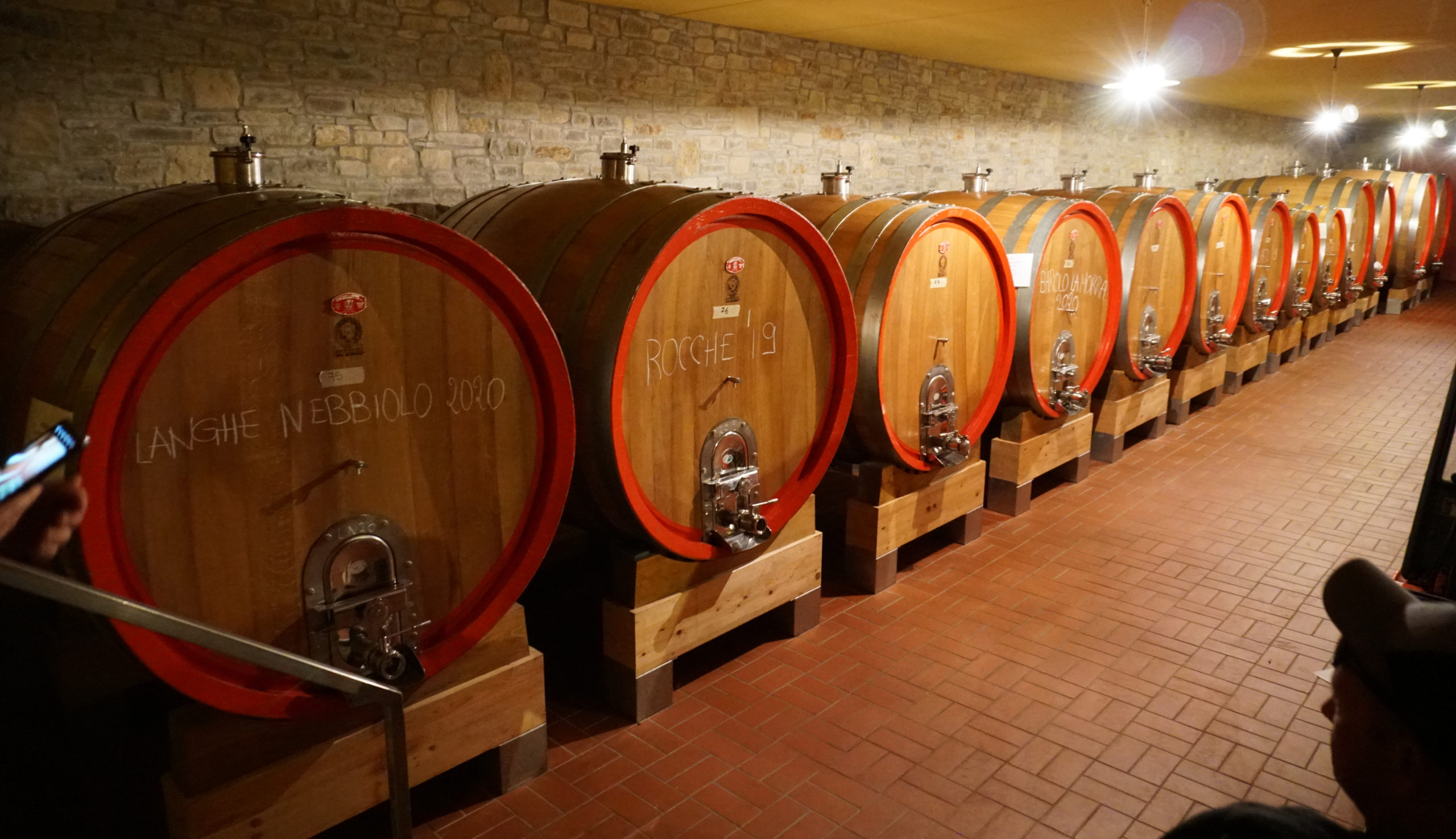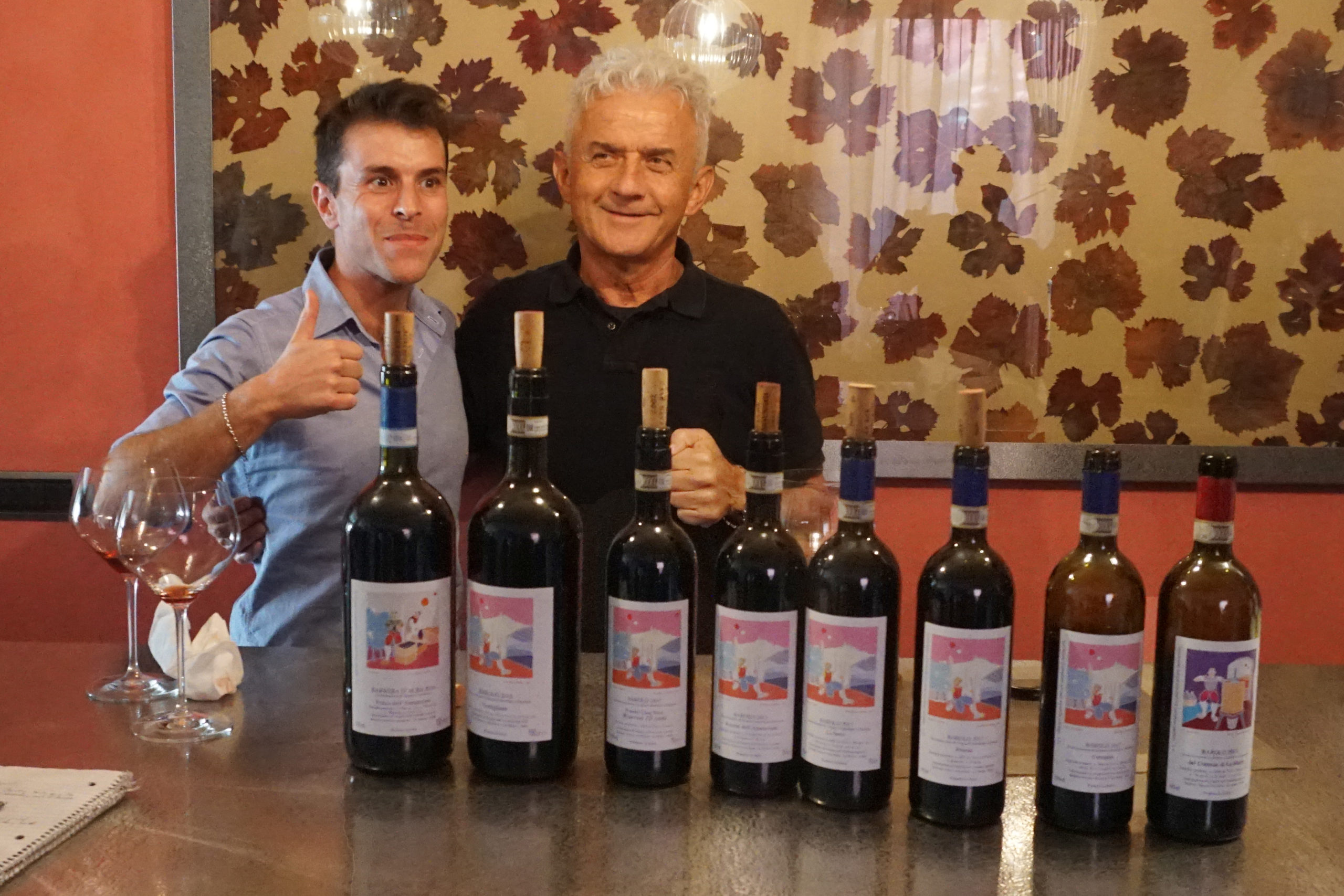
Emanuele & Roberto
It’s these trends that lead the international community to mistakenly name him a “modernist”, a notion he cannot wrap his head around. Roberto has spent his entire life in La Morra, and it was there, in his father’s vineyard, that he discovered the basis for what would become his winemaking philosophy. At the impressionable age of 8 he tried a grape from one of his father’s plants, which only held 4 clusters. It was perfect. And every practice he has employed since acquiring his first two hectares in 1986, has been in pursuit of that first glimpse of perfection he found in grapes, for “the minute fruit is cut off the vine, the wine is already made.”
After seeing the vines, it was time to see the fruit. We all hopped back in the car and Roberto continued our education as Manuel Polidori, our current translator and Serendipity’s Italian Portfolio Specialist, slammed against the Rover’s walls in the back seat. We slid down the valley, passing Roberto’s Brunate plot, then jolted back up the hills towards Cerequio, La Serra, Fossati, Case Nere, and Sarmassa, which all sit adjacently on the hillside. Through all this Roberto never stopped talking, despite hitting turns greater than 90 degrees and slopes steeper than 15. This was his element. He was an artist who knew his medium. With a final climb back up the hill (the four of us in the back knowing each other better than ever) and a few turns, we were right where we started.

